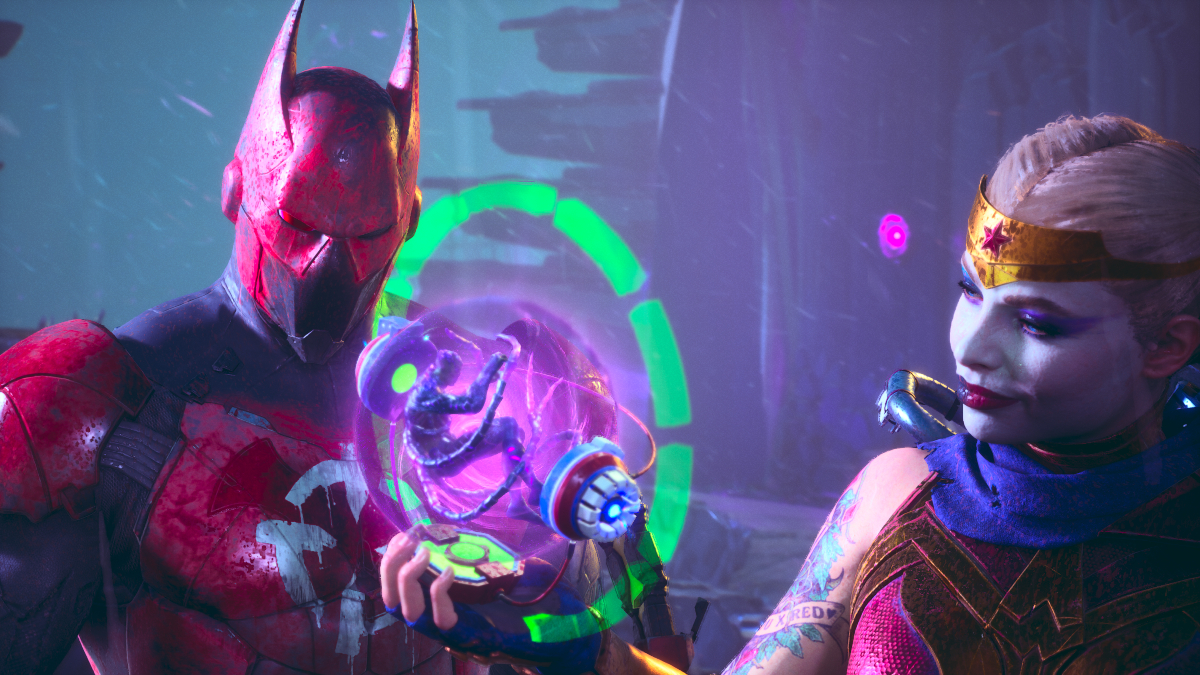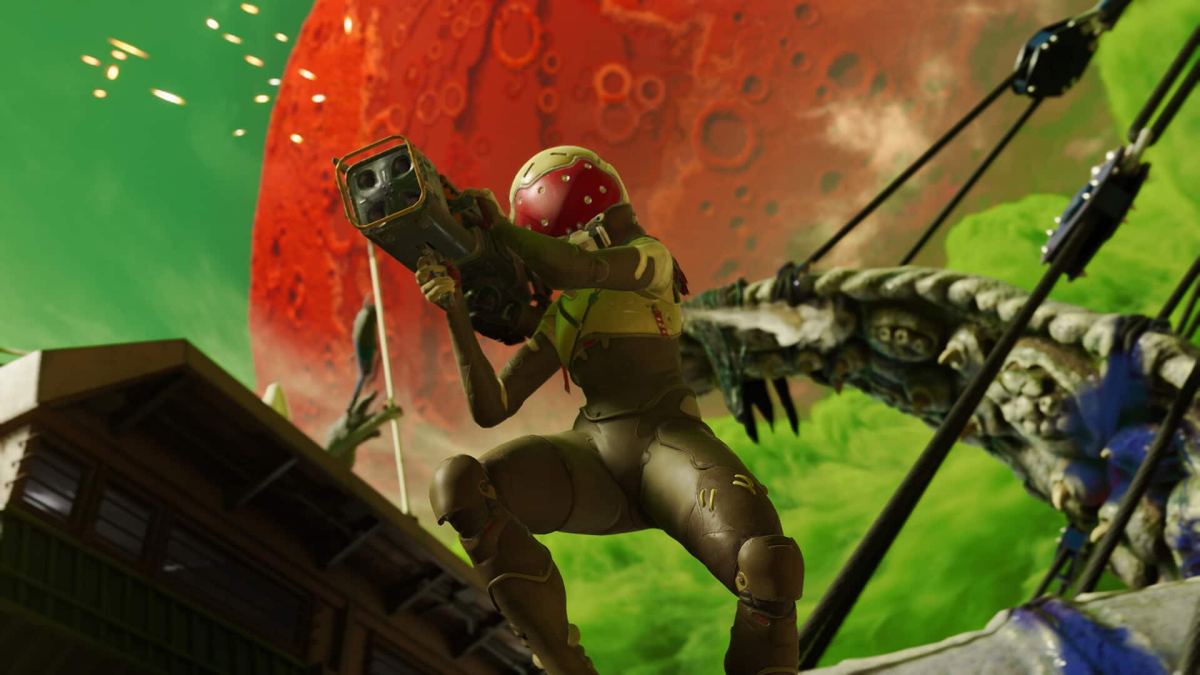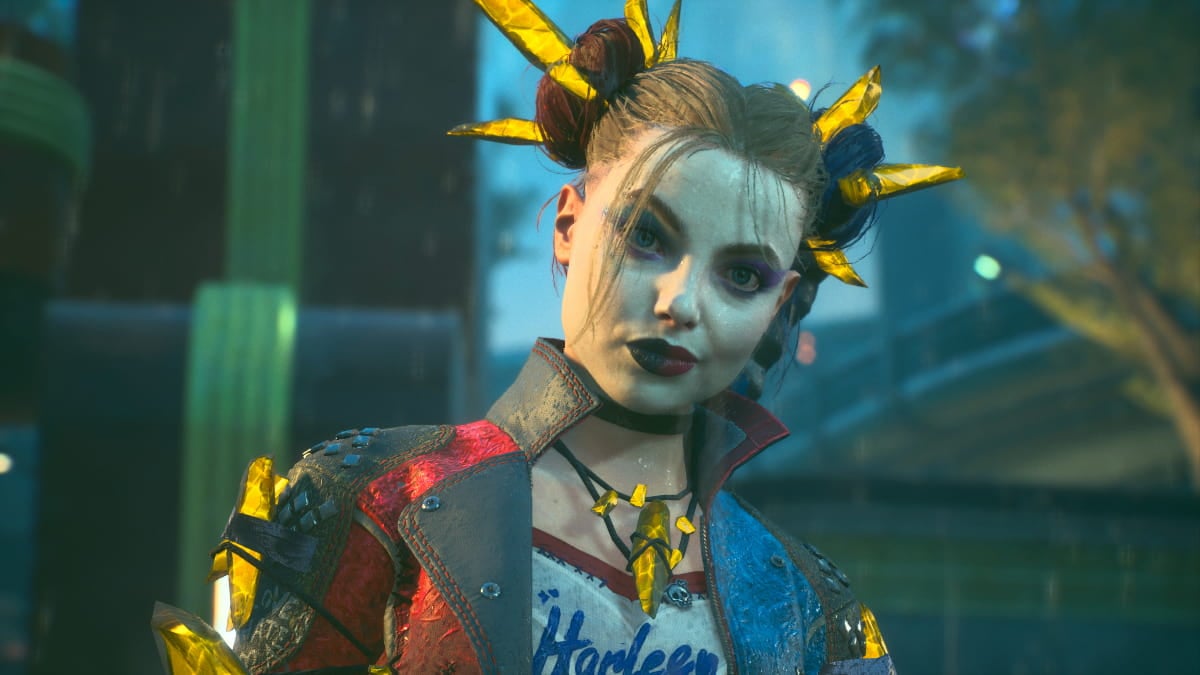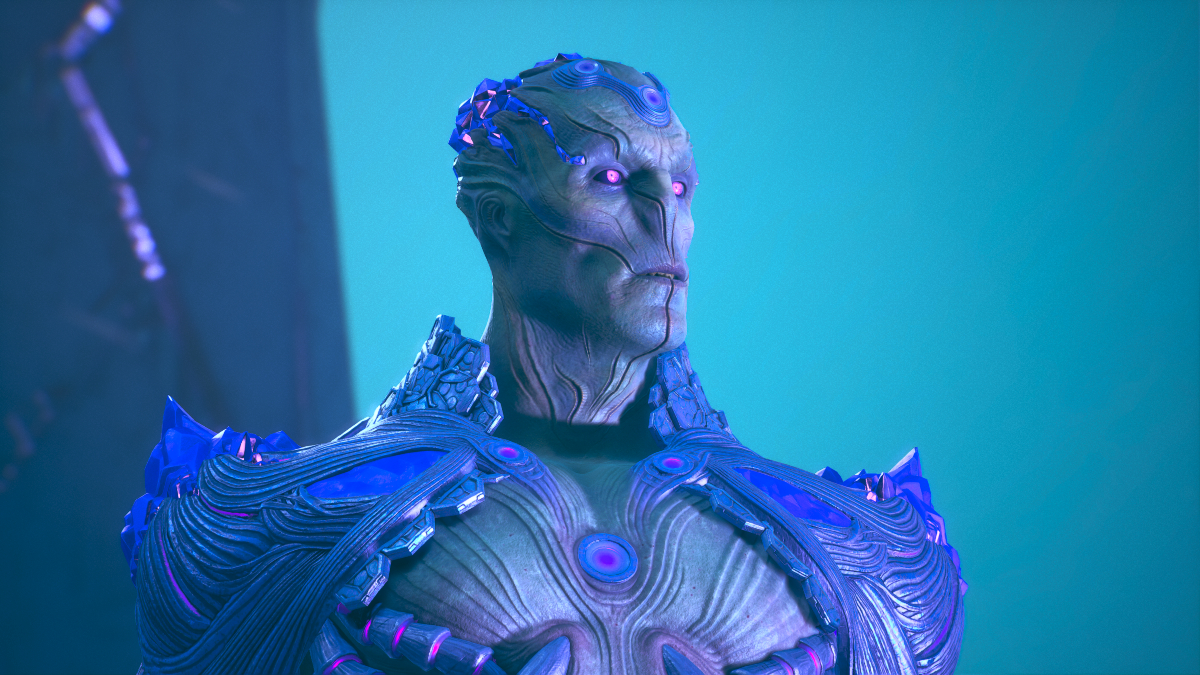Ending games on a cliffhanger is nothing new for players, and Suicide Squad: Kill the Justice League follows that trend, but what exactly does the ending mean?
The story in Suicide Squad: Kill the Justice League is a short one, clocking in at under 10 hours if you focus on the main missions, but developer Rocksteady has made it clear that it will support the game for an extended period.
In fact, the ending to Suicide Squad: Kill the Justice League makes it pretty clear what is on the cards for players and Task Force X, which we’ve outlined below.
What does Suicide Squad: Kill the Justice League‘s ending mean?

The big takeaway from the finale of Rocksteady’s Suicide Squad: Kill the Justice League is that this is not the end at all. We knew before the game was released that further content would be drip-fed into the title—starting with Season One, which introduces The Joker as a playable character.
After the squad successfully defeats Brainiac, Amanda Waller and Lex Luthor (from Earth-2) tell Task Force X that they need to take out 12 more Brainiacs from alternate universes to truly beat the big, bad villain. However, those battles are not immediately available and will be saved for the additional content being released.
The tease promises to provide more Easter eggs with references to the wider DC universe, a wealth of new weapons, new locations to explore, and enemies to face, but, in reality, the big takeaway is that the main story of Suicide Squad: Kill the Justice League is a small slice of a very large pie.
Having confirmed that there are (at least) 12 more Brainiacs and universes to battle in, the door remains open for the Justice League and any other characters presumed dead, like Robin and Oracle, to make a return. However, the focus will likely remain on the rogues gallery from DC.







Published: Feb 1, 2024 09:54 am